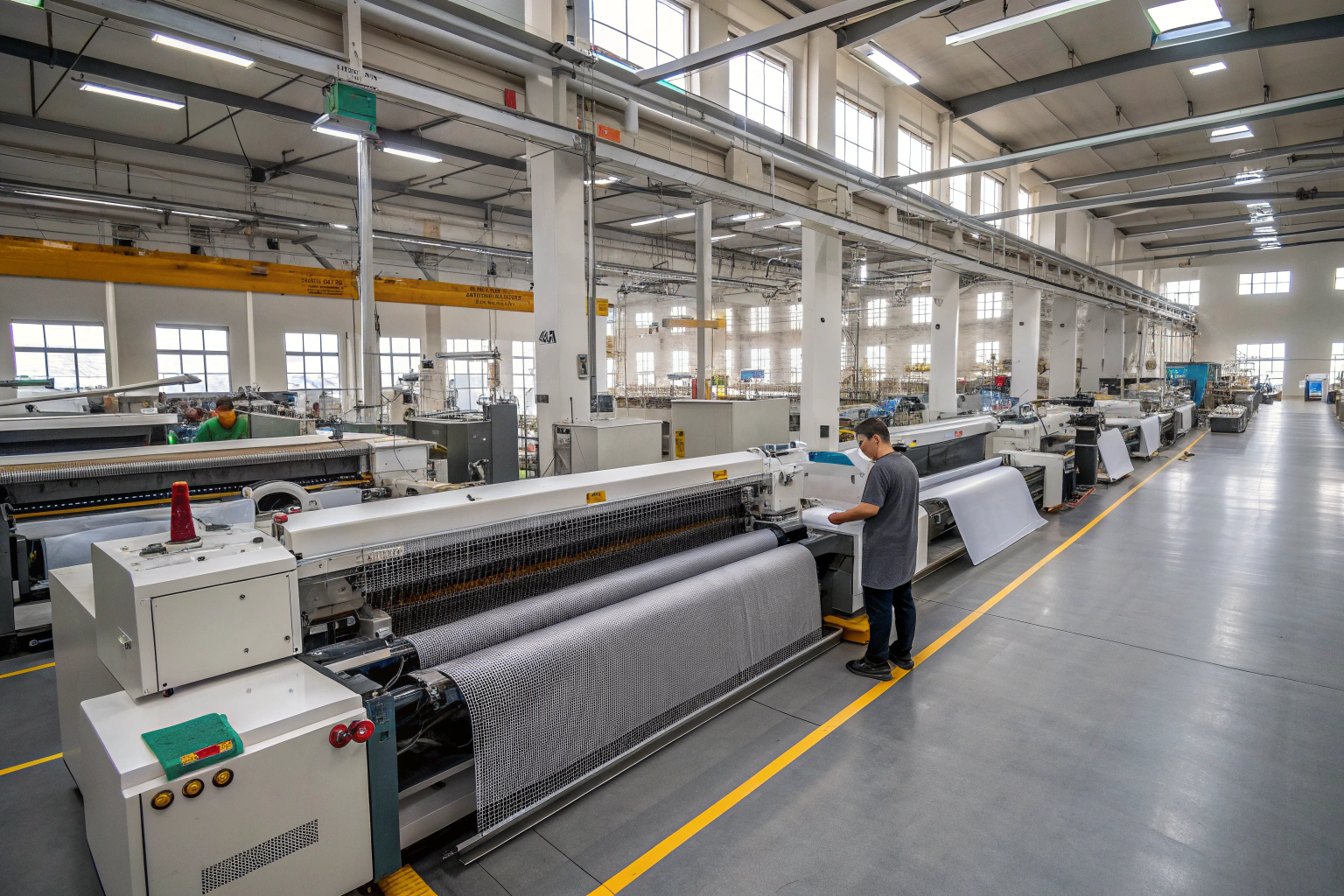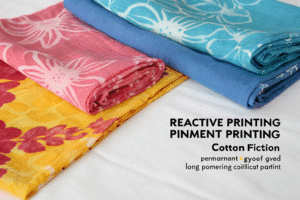In today’s manufacturing world, sustainability is no longer a side note—it’s a requirement. Recycled carbon fiber woven reinforcement textiles are one of the fastest-growing materials in industries from automotive to aerospace, offering high strength with a lower environmental footprint. For buyers like you, sourcing these textiles requires understanding not just the product but the entire supply chain.
The short answer: sourcing recycled carbon fiber woven reinforcement textiles comes down to finding the right suppliers, verifying their quality and certifications, negotiating efficient logistics, and ensuring the process aligns with your sustainability goals.
But the sourcing process can be complex. In the following sections, I will walk you through everything from identifying trustworthy suppliers to navigating technical standards, so you can get high-quality, cost-effective materials without delays or hidden costs.
Top Global Suppliers of Recycled Carbon Fiber Fabrics
Recycled carbon fiber woven reinforcement textiles are produced by specialized manufacturers across Asia, Europe, and North America. Identifying the right supplier means balancing cost, quality, and proximity to your target market.
The best suppliers typically have in-house recycling and weaving capabilities, ISO-certified facilities, and proven track records with industries such as aerospace, sporting goods, and automotive. Platforms like Alibaba and Global Sources are common starting points for international buyers, but trade shows such as JEC World in Paris or CAMX in the U.S. remain unmatched for meeting suppliers face-to-face.
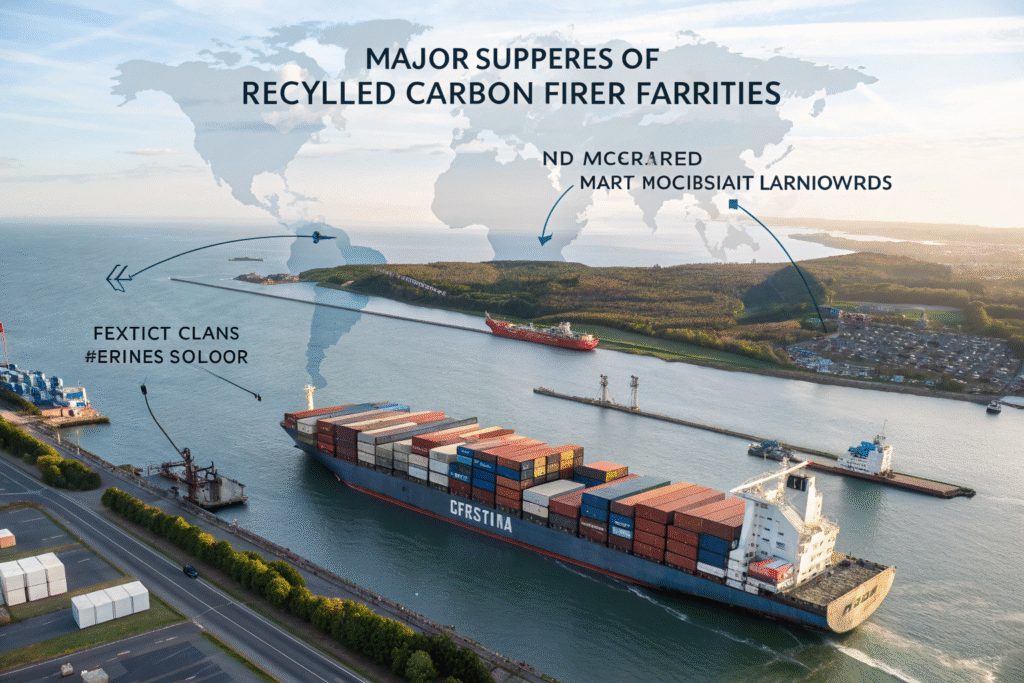
How can you verify supplier credentials?
Look for third-party certifications such as ISO 9001, ISO 14001, and, if selling into Europe, REACH compliance. Supplier audits, sample inspections, and on-site visits can also confirm capabilities. For example, companies like Toray Advanced Composites publish sustainability reports that outline their recycling processes, giving buyers transparency.
Which countries lead in production?
China remains the largest exporter, with competitive prices and fast production cycles. The U.S., Japan, and Germany focus more on premium-grade recycled carbon fiber fabrics. Your choice may depend on whether speed or ultimate quality is more important for your project.
Quality Standards and Certifications to Look For
Quality is the backbone of sourcing. Recycled carbon fiber reinforcement fabrics must meet strict strength, consistency, and safety requirements to perform in high-stress applications.
International standards like ASTM D3039 (tensile properties) and ISO 14126 (compression properties) are critical. In addition, automotive-grade materials might require IATF 16949 certification, while aerospace-grade suppliers often need AS9100D.
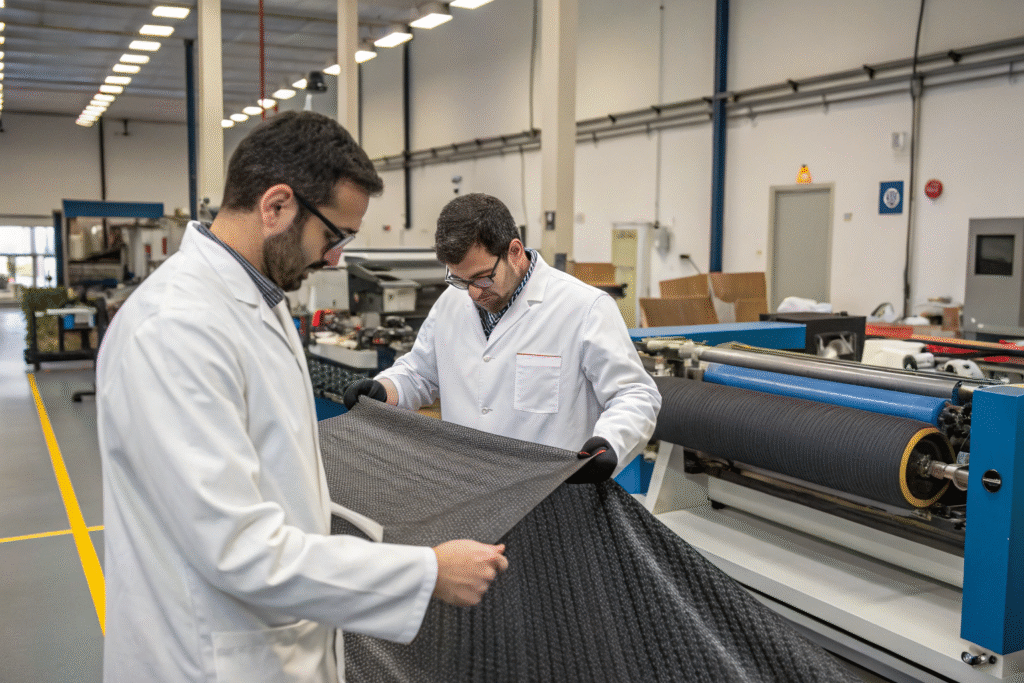
How do you test recycled carbon fiber fabrics?
Work with accredited testing centers such as SGS or Intertek, which can verify material composition, tensile strength, and impact resistance. This ensures the textiles match the performance of virgin carbon fiber fabrics.
Why are eco-certifications important?
If sustainability is part of your brand, seek suppliers certified by programs like OEKO-TEX Standard 100, which confirms the fabric is free from harmful substances. These credentials help in marketing and can justify higher prices to environmentally conscious customers.
Cost Factors and Negotiation Tips
Price is always a factor, but with recycled carbon fiber fabrics, you must weigh cost against performance, certifications, and supply stability.
Raw material sourcing, processing methods, weaving complexity, and order size all impact cost. Suppliers often offer better pricing for bulk orders or long-term contracts. Be aware that recycled fibers can sometimes cost nearly as much as virgin fibers due to processing steps.
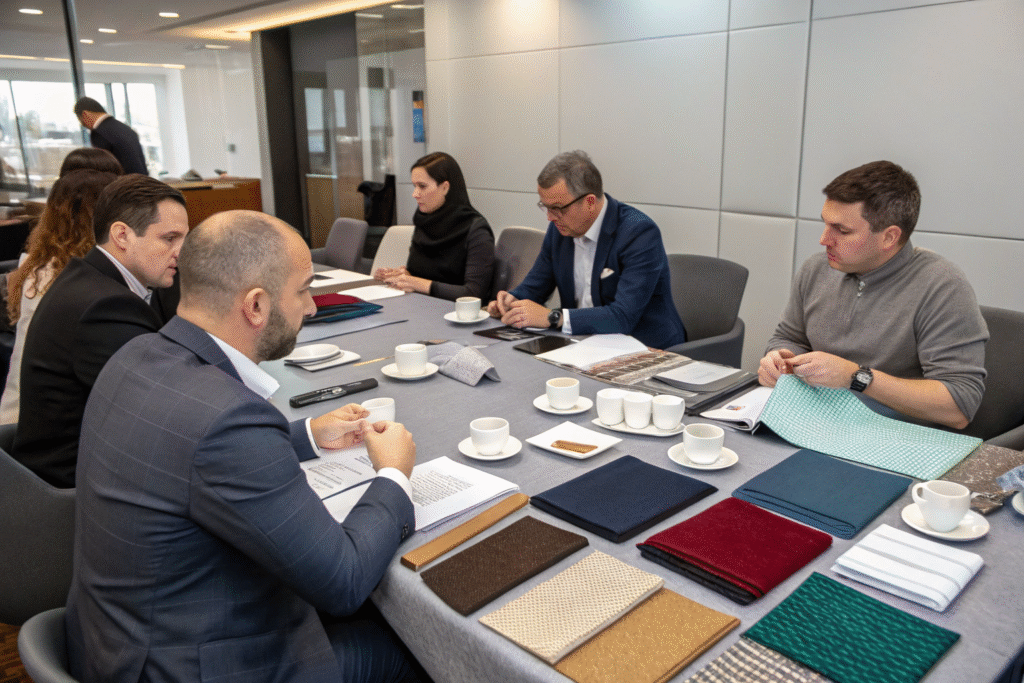
How can you lower sourcing costs?
Negotiate on payment terms, shipping methods, or value-added services like free quality inspections. Some suppliers also offer FOB pricing, which can reduce landed costs depending on your freight arrangements.
What’s the role of trade agreements?
Leveraging trade pacts such as the RCEP or bilateral agreements between your country and the supplier’s can reduce tariffs and improve shipping timelines. These agreements can save thousands of dollars annually for high-volume importers.
Logistics and Shipping Considerations
Even the best materials lose value if they arrive late or damaged. Logistics is a critical part of sourcing recycled carbon fiber woven reinforcement textiles.
Freight mode choice—air, sea, or rail—depends on your budget and urgency. Sea freight offers the lowest per-unit cost but takes longer, while air freight is fast but expensive. Packaging must protect against moisture and physical damage during transit.
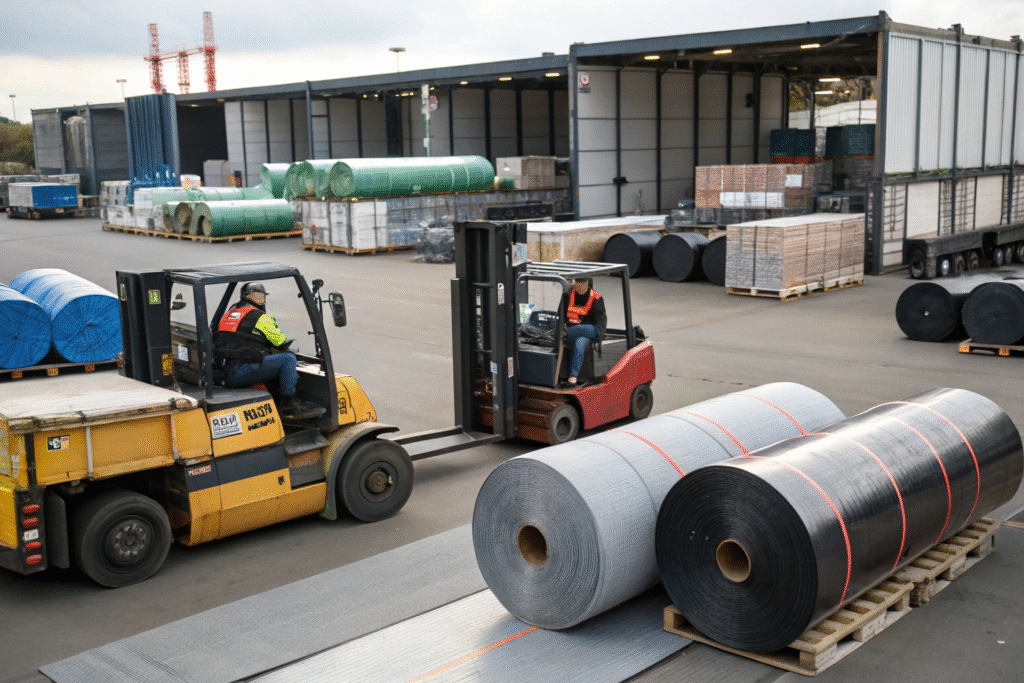
How to ensure on-time delivery?
Work with freight forwarders like Flexport or DHL Global Forwarding that have experience in handling technical textiles. They can advise on customs clearance requirements, documentation, and best routes.
What about insurance?
Cargo insurance is a must, especially for high-value shipments. Companies like Allianz Trade offer coverage that protects against loss, theft, or damage in transit. The small premium is worth the peace of mind when dealing with specialty fabrics.
Conclusion
Sourcing recycled carbon fiber woven reinforcement textiles is about more than finding the lowest price. It’s a balance of supplier reliability, technical quality, certification compliance, and logistics efficiency. By taking a structured approach—evaluating suppliers, confirming standards, negotiating smartly, and managing shipments—you can secure top-tier materials that meet both your performance and sustainability targets.
If you are ready to produce your own custom fabric orders, contact our Business Director Elaine at elaine@fumaoclothing.com. At Shanghai Fumao, we specialize in providing high-quality, eco-friendly woven reinforcement textiles tailored to your needs.

